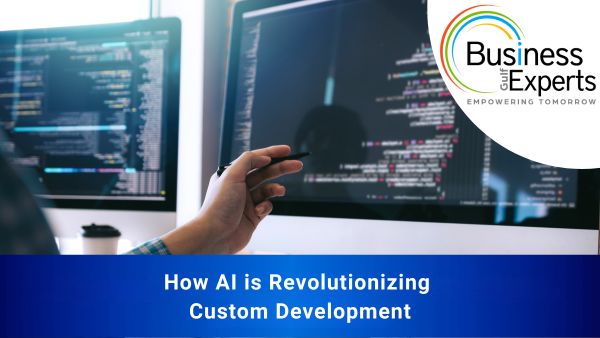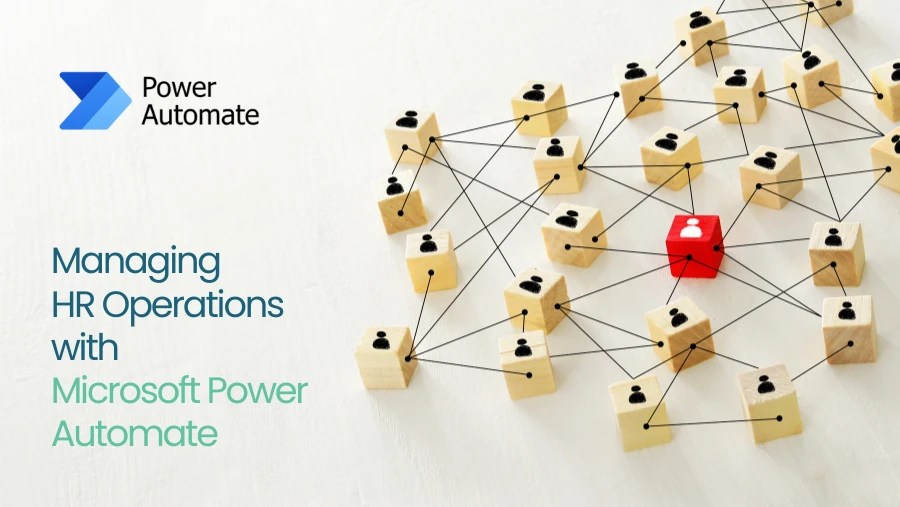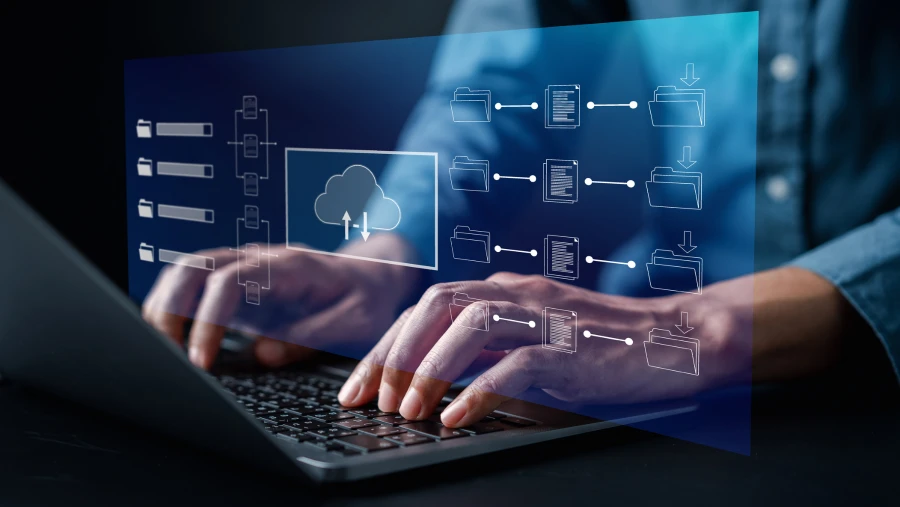Artificial Intelligence (AI) is revolutionizing industries, but its growing integration into our daily operations brings unique cybersecurity challenges that demand our attention.
Understanding the AI Ecosystem
An AI ecosystem includes all the hardware, software, data, and networks that contribute to AI systems. The intricate interactions among these components can create vulnerabilities, making them attractive targets for cyber threats like data breaches and model theft.
Key Cybersecurity Measures for AI
- Data Protection: Data is the foundation of AI. Safeguarding it through encryption, strict access controls, and secure storage is essential to maintain trust in AI outputs. Implementing multi-factor authentication (MFA) and role-based access controls (RBAC) can further prevent unauthorized access.
- Secure Development Practices: Incorporating security measures throughout the AI development lifecycle is crucial. Adopting secure coding practices, conducting regular audits, and embracing approaches like DevSecOps—which integrates security into the development pipeline—can help identify and address vulnerabilities early on.
- Adversarial Resilience: AI systems can be susceptible to adversarial attacks, where malicious inputs are designed to deceive the model. To counter this, it’s important to implement adversarial training, which involves exposing models to such inputs during training to enhance their robustness. Additionally, ensemble learning methods that combine multiple models can reduce the risk of any single model being compromised.
- Ethical Governance: Establishing clear ethical guidelines and governance frameworks ensures responsible AI use. Transparency in AI decision-making processes helps users understand how outcomes are determined, fostering trust and accountability.
- Collaborative Defense: Working together with industry peers, academic institutions, and regulatory bodies can enhance AI security. Sharing threat intelligence and best practices enables quicker identification and mitigation of emerging threats, contributing to a more secure AI ecosystem.
Conclusion
As AI continues to drive innovation, it’s imperative to proactively address the cybersecurity challenges it presents. By focusing on data protection, secure development, adversarial resilience, ethical governance, and collaborative defense, we can build robust AI ecosystems that withstand evolving cyber threats.







